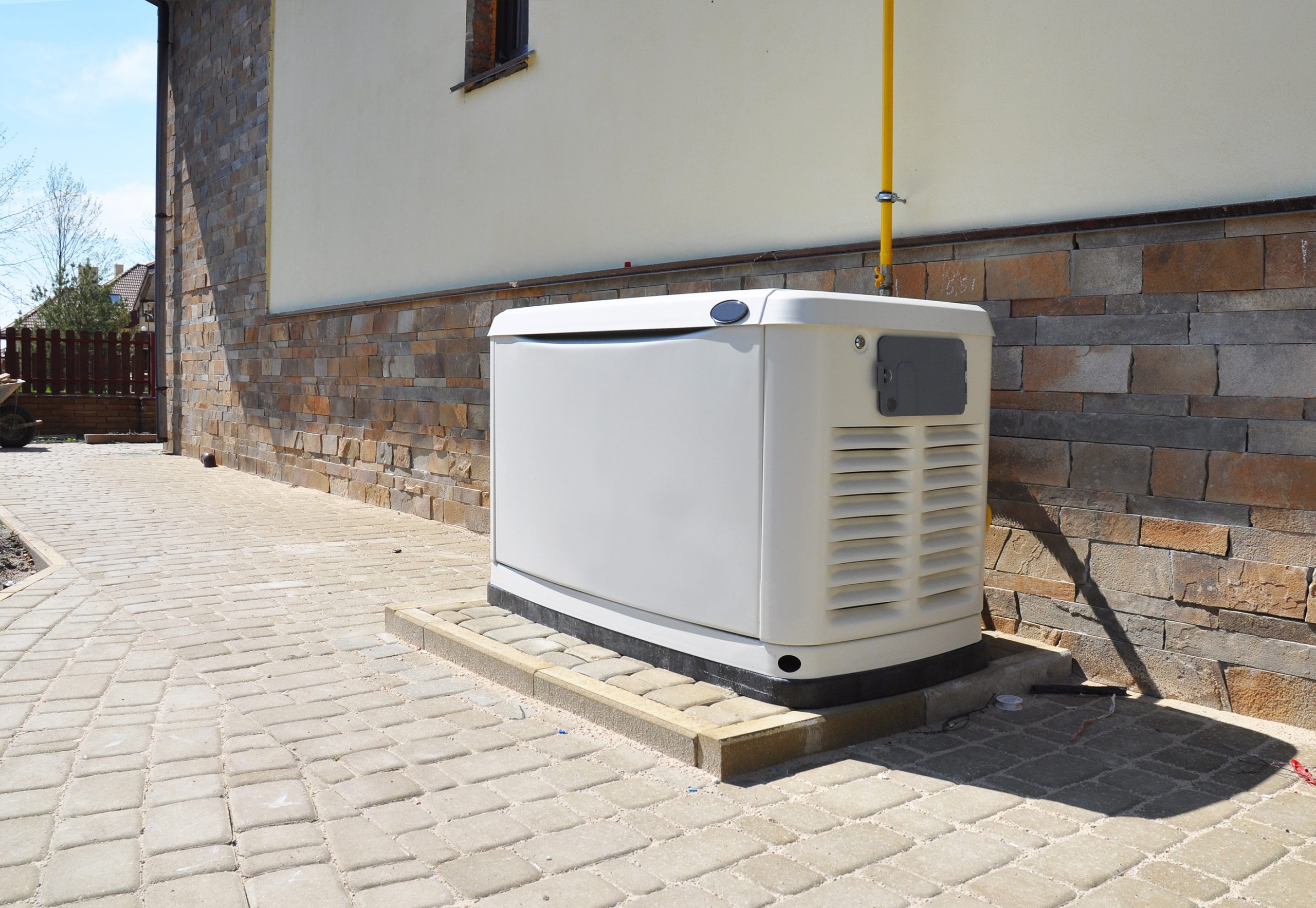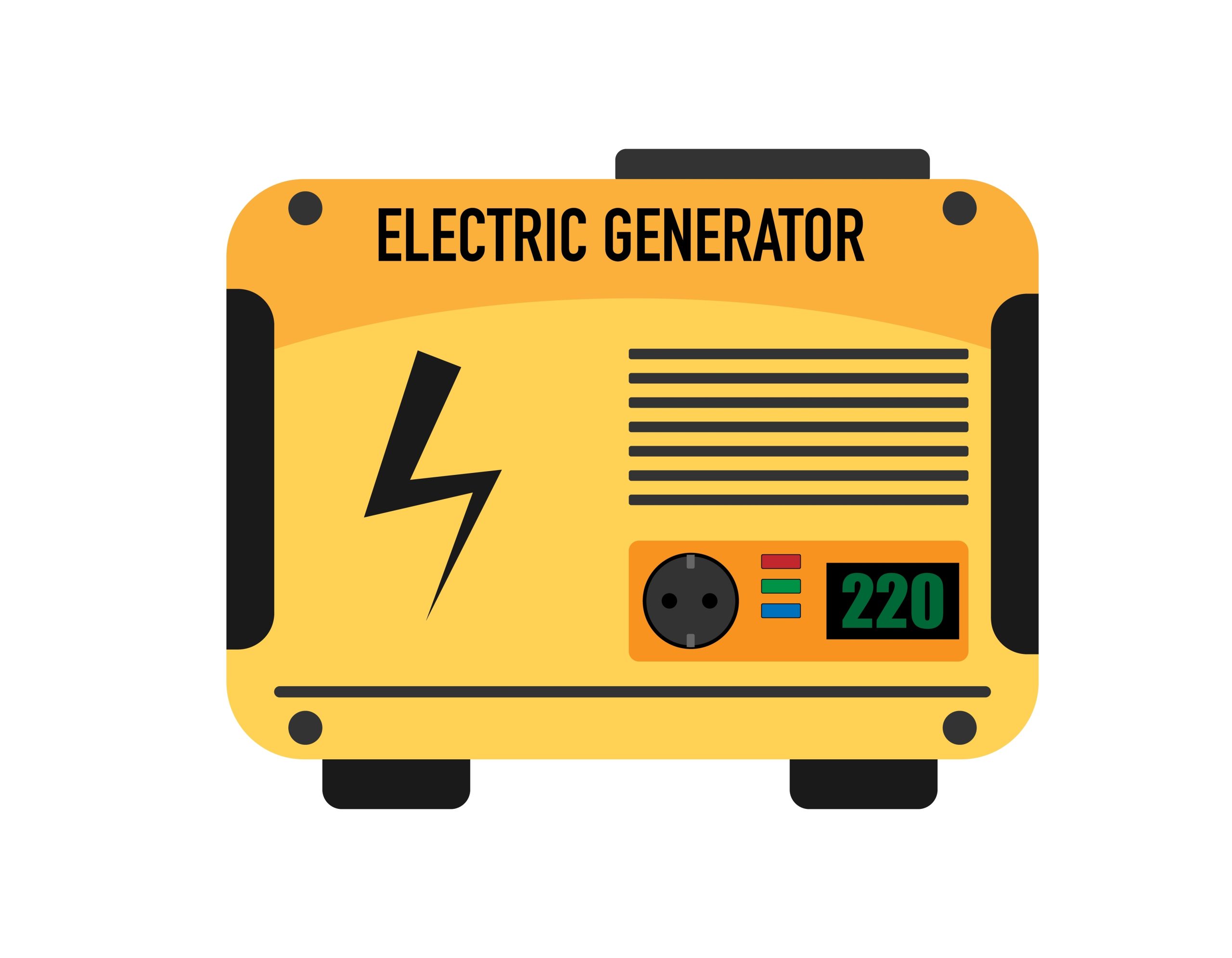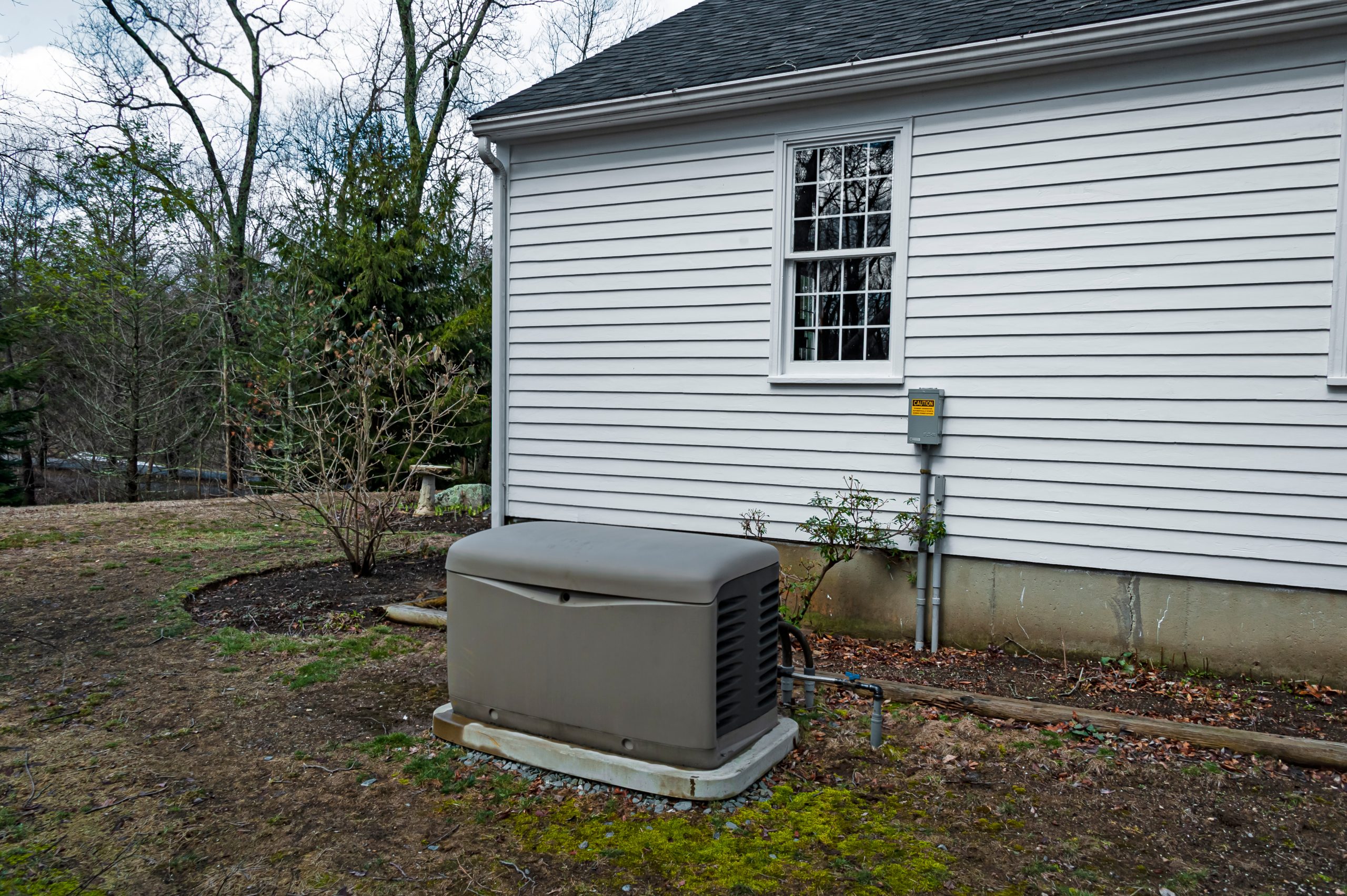The size of the whole house generator you need depends on your usage. If you have a family of four and use the whole house generator for 12 hours every day, you need a small one. A medium-sized one will suffice if you only use it for a few hours. The size of the generator you need also depends on where you live. This is because the terrain and vegetation in your area will affect how much power you need and how many hours a day you use it.
Here’s a quick 5-step process to finding the ideal Generac Whole House Generator size:
How Big is My Home?
The square footage of your home provides an easy preliminary estimate of the size of your ideal Generac Whole House Generator:
- 5 kW for up to 1,500 sq. ft. with 3-ton AC
- 1,500 – 3,000 sq. ft. with 4-ton air conditioning: 12.5 kW
- 3,000-4,000 square feet with 5-ton AC: 14 kW
However, because each household and family’s power requirements fluctuate, it’s essential to double-check this preliminary estimate.
What Do I Want My Generator to Power?
Some families are oblivious to the power outage. These homes can frequently afford to purchase generators that keep things working normally, blackout or no blackout.
If you belong to one of these families, you may determine the size of your Generac Whole House Generator in two ways:
- Obtain a year’s worth of power bills and choose the home’s peak monthly wattage usage.
- Examine your power statement to determine your peak load watts.
However, big generators (typically 20kW or greater) can cost more than $5,000 and use more fuel than smaller generators.
As a result, most homes opt to conserve money by powering just necessities and a few nice-to-have items. This provides them comfort and convenience while eliminating the need to pay additional costs.
Typical necessities include:
- Central A/C
- Fridge + freezer
- Main lighting circuits
- 1 laptop per family member
- Microwave
- Washing Machine
- Sump Pump (if your home needs one)
- Garage Door
You may also frequently include a few nice-to-have devices; for example, an average TV only requires 190 watts to operate.
Pro Tip
Although electric stovetops are not required if you have a microwave, they are convenient. Just keep in mind that they use nearly double the electricity that a microwave does. (2,100 volts vs. 1,300 volts).
How Much Power Do They Need To Start?
Now that you’ve narrowed down your options, determine how much power (in watts) your chosen devices require to start up. This is known as “surge wattage,” which is crucial since most appliances require far more power to start up than they do to function.
There are various methods for determining the surge wattage of your equipment.
- Check the manufacturing labels on your specific equipment. They will also have surge wattage.
- You may also look up the manufacturer and model of an appliance online. Include the phrase “surge wattage” in your search.
Once you’ve determined the wattages of your chosen appliances, put them together to get the maximum amount of power your present household may use at any given moment.
Add 15-25%
Add 15-25 percent to your top power requirement maximum.
Why?
As previously stated, overloading your generator turns off your electricity, shortens the generator’s lifespan, and can harm associated equipment.
To avoid overload, double your projected power consumption from Step 3 by 15-25 percent.
This keeps you from running out of power and enables you to power future gadgets (such as a larger refrigerator or a new medical device) in addition to your current appliance list.
Choose a High-Efficiency Generator (And Round Up!)
If your intended wattage lies between two sizes (for example, 10,780 kW), round up, not down. As a result, your family may live in consistent comfort without worrying about overload.
Once you’ve determined your highest wattage, look for a high-efficiency generator. A high-efficiency model helps you power your house while saving money on wattage and fuel.
We discovered that the Generac Whole House Generator provided the best value, including fuel economy, for our consumers. They are available in the three sizes described in Step 1 — 8.5 kW, 12.5 kW, and 14 kW — to let homeowners choose the ideal size for their home and particular family needs.





